#cernunnos god
Text
With all of the depictions of Cernunnos these days as this hulking, bearded, muscle-clad macho man who lives in the woods, it's very easy to forget that the single major depiction we have of him looks like this:

Image description begin: The engravings on the Gundestrup Cauldron, depicting a male-ish figure with noodle arms holding a torc in the right hand (image left) and a snake in the left hand (image right). There are deer of some kind on the left side of the image, and some strange dogs on the right side of the image. End image description.
I mean...

Image description begin: The same image, zoomed in to the face of the figure. The mouth is partially open, the eyes are looking slightly forward, and the nose is very flat. It overall looks very goofy. End image description.
#i love deer dad but let's not forget that the gundestrup cauldron exists#jasper post#shitpost#deity work#gaulish#gaulish paganism#gaulish polytheism#cernunnos#cernunnos god#cernunnos deity
170 notes
·
View notes
Text
Cernunnos e offering

#cernunnos deity#cernunnos god#Cernunnos#celtic polytheism#celtic mythology#celtic paganism#celtic witchcraft#celtic#paganism#gaulish paganism#gaulish#gaulish polytheism#gaulish pagan
16 notes
·
View notes
Text
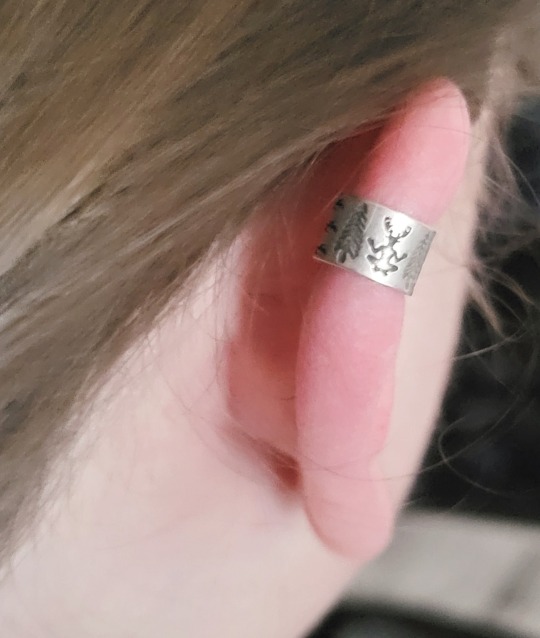

Got my Cernunnos ear cuffs in today!
10 notes
·
View notes
Note
Hey, so I'm working with Cernunnos currently, and I.....Just can't see him as Pan? I mean, Pan=Goat. I don't see Cernunnos much of as a goat, I do associate him with a feminine counterpart and deer, but not GOATS. Also, I'm trying to weed out his wicca influence cause Idk about Wicca. Not all gods with horns are Cernunnos, especially since he's the only known male god with deer horns.
i hope this doesn’t come off as mean but cernunnos IS NOT pan.
never has been, never will be. sure they can seem similar in appearance, if you squint, but pan is a greek deity while cernunnos is a celtic/gaulish deity who often gets lumped in with the wiccan “horned god” ((which, surprise surprise, he also IS NOT)).
cernunnos is cernunnos. he is his own separate deity.
12 notes
·
View notes
Text

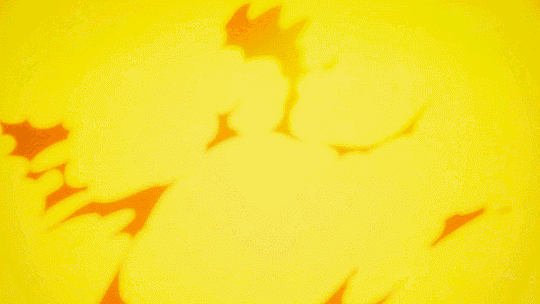
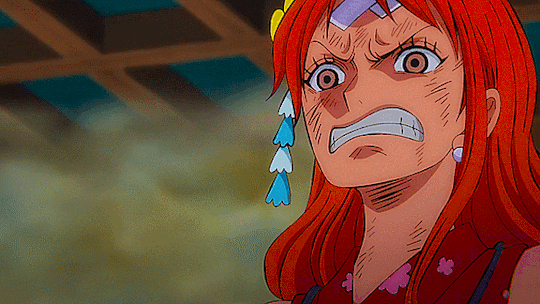

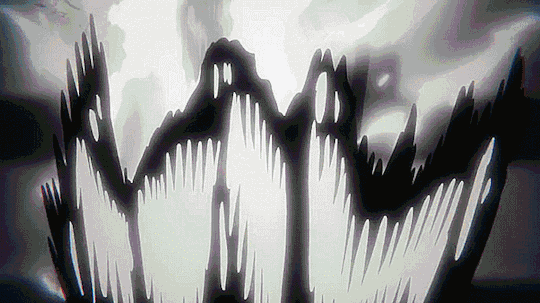
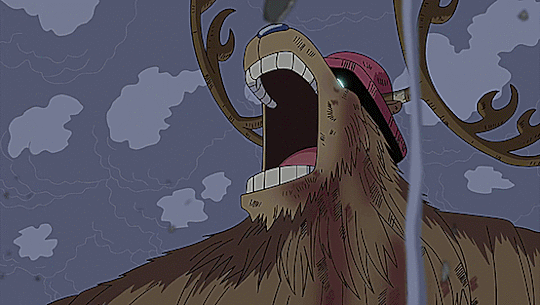
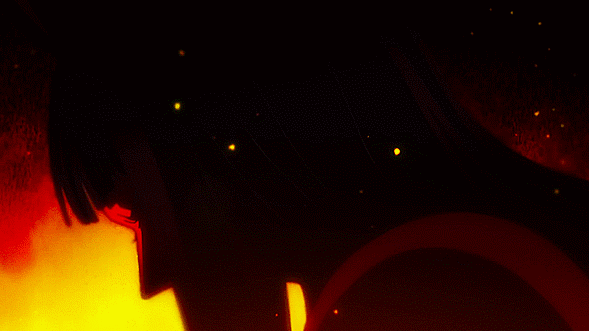
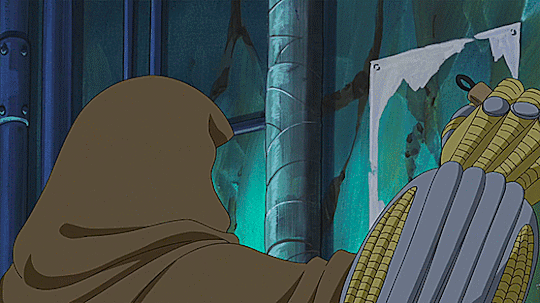
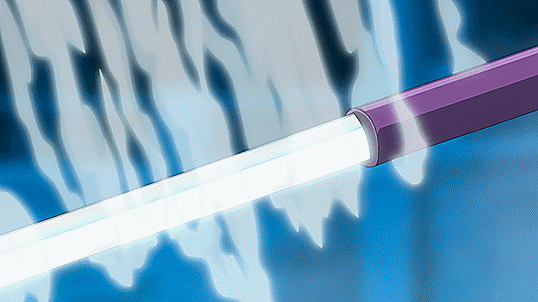
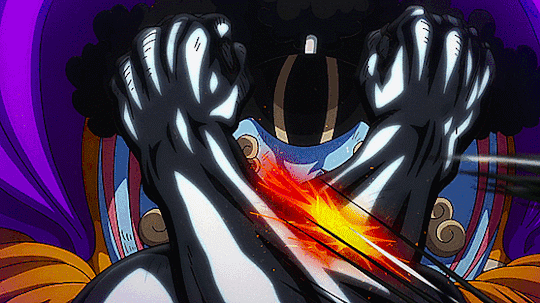
The Sun God and his fearsome crew of Monsters
#one piece#gear 5 luffy#monkey d luffy#sun god nika#roronoa zoro#king of hell zoro#nami#cat burglar nami#weather witch nami#usopp#god usopp#black leg sanji#ifrit sanji#tony tony chopper#cernunnos chopper#nico robin#akuma robin#cyborg franky#soul king brook#jinbe#the whole idea for this gifset was p much inspired by demon robin cause holy shit step on me#it was hard finding the perf scenes for usopp and franky like there's plenty of cool and badass scenes for them but#im trying to go for *scary* like their reputation as a terrifying pirate crew#so for usopp i went with his god tier bluffing and mindgames and for franky the body horror of his being a cyborg#nami too is often terrifying in a comic relief way but i wanted her gif to be genuinely fearsome. the one time she actually PICKS A FIGHT#flashing gif#body horror#gif#flashing
162 notes
·
View notes
Photo

Cernunnos - Ari-Matti Toivonen
704 notes
·
View notes
Text
The gods of Gaul: Cernunnos
Cernunnos is without a doubt one of the most famous gods of Ancient Gaul, and yet he is actually one of the most mysterious Gallic deities. Sure, he definitively marked the imagination of people - I mean he was literaly used as the basis for the Wiccan Horned God, and you will see lots of Cernunnos-copycats in fantasy RPGs and the like. But... we actually do not know the truth about this god, and despite everybody on the Internet trying to make it sound like we have an easy and simple summary of what he is, we only have strong theories and conflicting hypothesis.
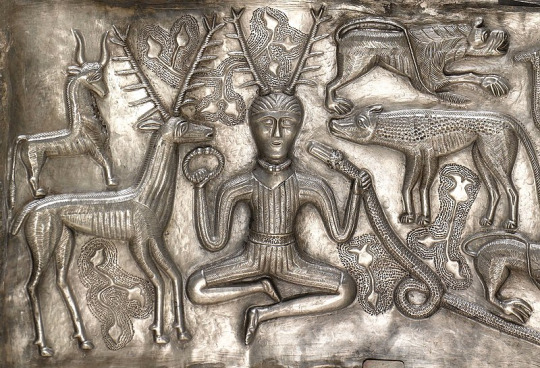
I/ What we actually have
As with a lot of Gallic gods, Cernunnos exists not in legends or myths, but through a name and a visual. The name Cernunnos is found three times all on its own in Gallic documents. One was a Greek inscription from Montagnac that only says "This is dedicated to Karnonos of Alisontia". The other two are identical inscriptions found in Luxemburg (near Steinsel), votive inscriptions of wish-offerings merely saying "Deo Ceruninco". There is actually a fourth inscripton of the name Cernunnos - and it is from this one that we get the spelling we use today - but it is a special one. Unlike the other three, this one has a picture alongside it identifying the god visually. It is the famous "pilier des Nautes" found under Notre-Dame-de-Paris, the "pillar of the Nautes", the "pillar of Boatmen", considered one of the most important Gallic monuments (because it depicts a set of divine portraits with their names explicitely spelled out).
It is only thanks to this pillar that we know today that the many depictions of a male horned god found across Gallic art are meant to be Cernunnos. There are too many visual depictions of him to be listed here (sixty or so were found by archeologists), but among the most famous is the one I put a picture of above: the Cernunnos of the Gundestrup cauldron found in Denmark.
Here is what Cernunnos looks like on the pilier des Nautes:
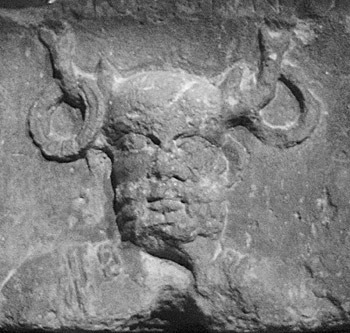
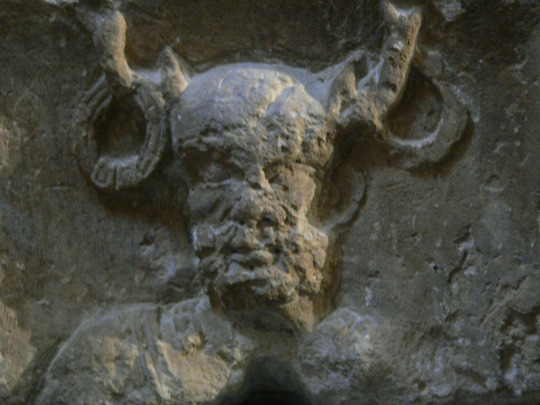

So, we have a name and a bunch of pictures. Let's try to break it all down.
When it comes to the name, Cernunnos/Karnonos, it is commonly agreed by etymologists and those that studied the Gallic language that it means "the horned god". "Carnon/Karnon/Karn" was known to mean "horn", both in the sense of animal's horn and a blowing instrument - it was tied to the Gallic tribes known as the Carni and Carnutes, and to the Celtic carnyx. The "kern" part is also considered to be equivalent to the Old Irish "cern", which was associated with horned beasts. Some have pointed out that if the "Cern" of "Cernunnos" means horn, the "unnos" could be a suffix meaning "beautifully" - so instead of Cernunnos being the "horned god" or the "horned one" it would mean "He who is beautifully horned" or "He with beautiful horns". But all in all, his name stays connected to horns.
[But is it truly his name? This is another debate typical with the gods of Gaul: we do not know the differences between the proper names, the titles and the nicknames. It could be (to take a Greek comparison) like Hestia's case, where he names literaly means "hearth" but is a proper name ; or it could be like the "Old Man of the Sea" which was a generic nickname for a whole group of sea deities.
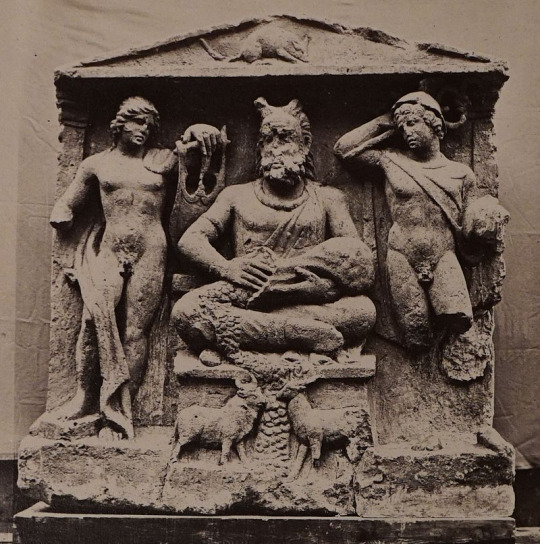
Now let's talk about the images of the god. Thanks to having so many depictions of him, we can identify recurring traits that define his visual.
Cernunnos always appears with his legs crossed, in a position (the "lotus" or "yoga positon" to take Asian terminology) that is considered, depending on the sources, either "very unusual for a god of Gaul", either "absolutely typical of Celtic representations of gods, warriors and heroes"... Well, he is almost always in the "lotus position" - in rare cases, he can be standing up. Cernunnos is also always wearing a torc, the traditional Gallic ornament, though he isn't always wearing it around his neck as one would expect: sometimes he holds it in his hands, other time it hangs from his antlers. Speaking of antlers: as we said, Cernunnos is a horned god, and he is usually depicted with antlers. But sometimes, more rarely, he rather sports goat horns - maybe it is a Romanization effect, as he got confused with Pan?
Cernunnos is always a male figure, though his actual age is unclear. Sometimes he is a mature and bearded man, but we also have "ephebe" depictions of him as a beardless youth - that some researchers even go as far as to describe as "child-like". Similarly, he keeps oscilatting between being a singular entity, and a triple-god with three heads or three faces. The disposition of the three faces can be really weird and freaky - for example, he can have a regular human head, and two small human faces growing from either side of his neck, or from the top of his head.
He usually always has a bag or basket with him, a bag that he eithers opens or that is simply sitting before him, spilling its content: sometimes the bag is filled with food, other times with coins, and other tims yet with grain. Cernunnos is usually sitting in the middle of a trio (as in two other humaoid or divine figures are by his side), or he is surrounded by various animals - which he can be seen holding with one hand, or petting near his lap. There are various animals he is associated with - we have seen him with stags, with bulls, with rats, with dogs, with lions, with goats... He is most notorious for being often depicted with the symbolic-mythical beast of Gaul known as the cryocephal snake: a ram-headed snake, whose exact meaning is still unclear to this day. However, Cernunnos seems to really like them: sometmes they just sit side by side, sometims he holds it by the throat, sometimes he feeds it, and other times two of them sit on his lap.

(This depiction above lacks any horns, but there are two holes at the top of the head implying that the horns were a different part of the statue added separately - which is very interesting in the theory of Cernunnos having antlers that "fall")
One of the problems with the Cernunnos visuals is that it is not clear where they stop, as we got a wide range of variations between the animal and the man. For example, there are strong theories according to which Cernunnos appears on the Strettweg chariot, as the tiny deer with oversized antlers that two men are holding (which would mean Cernunnos could be depicted as a full stag without human traits):
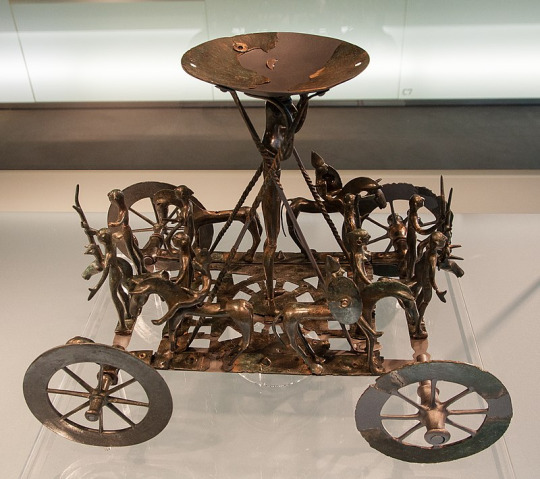
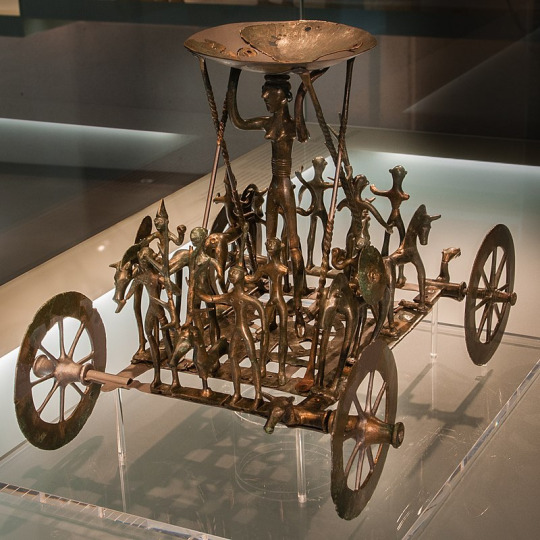
And on the opposite spectrum, a Gallo-Roman statue was found in Amiens of a fully human deity... except for one deer ear on the side of his face. One of the theories to explain this bizarre statue of the first century claims that it is an hyper-Romanized depiction of Cernunnos - though other theories do exist (for example, when the statue was discovered, it was originally believed to depict Midas, with a variation of the "donkey ear" punishment):

And you also have in Bouray a cross-legged god with deer legs rather than antlers or ears:


Given how "late" the visual depictions of the gods of Gaul was, and how the Romanization of Gaul strongly encouraged and favorized the depiction of deities as humanoids (to fit with the Greco-Roman deities), it is very likely that Cernunnos started as a divine stag, as fully animal, and then slowly, especially under the Roman influence, became more and more humanized... (There's also a fascinating case of antlered-goddesses at Clermont-Ferrand and Besançon, but that's for later).
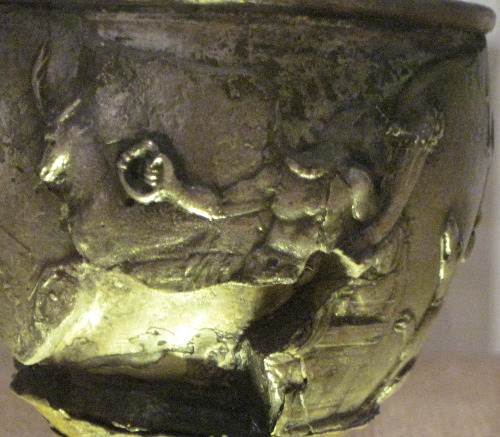
II/ Some theories
Now that we have the name and the visuals done... What's Cernunnos deal? Again remember we can only make theories based on these fragments and their context - but we do not know for certain if it is the truth.
A: It is agreed that Cernunnos is a nature god, and a god of abundance. The fact he is half-stag, and usually depicted with animals, and even holding them in a gesture of domination or use, shows that he is a fauna god, which prompted some researchers to identify him as one of the avatars of the "Lord of Animals, Master of Wild Things" archetype of Indo-European myths. But more importantly we are certain that he dealt with abundance and prosperity - thanks to him always having a big bag of grain, food or money. He was very clearly a god of riches and wealth - be them natural (grain, food) or manufactured (coins). Some have highlighted the idea that this tied to the symbolism of "forests that have big strong stags in them are bound to be fertile places filled with resources". Cernunnos' ties to abundance cannot be denied because in some Classicized depictions of him (such as the silver goblet above), he is literaly seen holding a cornucopia, aka a horn of abundance.
Some people even want to push the domain further by thinking Cernunnos might have been a god of sexual and reproductive fertility - but this is not based on any visual or religious clue. Rather this theory ties on the European symbolism of the stag as a symbol of virility and reproductive prowess, so it is a purely contextual reading, to be handled carefully. We are only truly certain that Cernunnos offered lots of money, lots of grain, lots of food, and lots of animals (him being surrounded by animals might be an extension of the "I offer you this bag of grain" visual, since animals were hunted down for food, so he isn't just a god of good crops and economic riches, but also one that ensures a plentiful hunt).
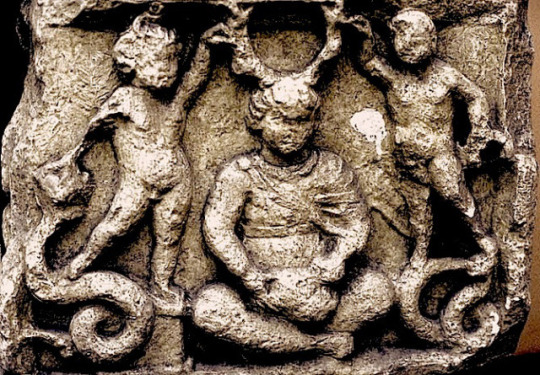
B: There is a strong theory going around that Cernunnos might be a seasonal god, or a deity of the seasonal cycle. This idea comes from various elements pieced together - and which added with the A theory above, would make this go a sort of "Father Nature" figure. It all starts wth the European symbolism of the antlers and the stag in general: given the antlers fall and grow with the turn of the seasons, the stag has been used heavily in Europe as a way to measure the year or symbolize seasons. Some researchers theorized, based on how the size of Cernunnos antlers changes through depictions, and on how he is sometimes a beardless youth sometimes a bearded mature man, that Cernunnos, like the stag, had a seasonal cycle. For some he just loses and grows back his antlers (there is a Cernunnos depiction at Meaux with what seems to be the stubs growing back after antlers fall, which would support this theory), but others push it further by claiming the god died and was reborn each year with winter/spring - an idea inspired by the Indo-European archetype of the dying/sacrifical vegetation god.
There is a specific depiction of Cernunnos that ties into this whole - and I will have to trust Yann Brekilen's word for this, as I couldn't find any picture of the engravings he described. According to him, on the Gallo-Roman Germanicus Arch/Arc, by Saintes, there is a dual depiction of Cernunnos. On one side of the Arch, he is part of a trio: he is sitting crossed-leg with antlers on his head, but naked (usually Cernunnos s clothed in some ways). By his side there is a man armed with a club/mace (which might be tied to the "god with the mace", we'll see that in later posts), and a woman holding a cornucopia. Now, that's on one side of the monument - but on the opposite side, the scene is reproduced... with both the armed man and the antlers of Cernunnos missing, only leaving a regular cross-legged naked man, and the cornucopia-woman. Speaking of this cornucopia-woman: there are repeated talks and interpretations of any female figure by Cernunnos' side to be a "Mother-Goddess" or Earth-Goddess supposed to be the wife/companion/lover of Cernunnos. This is all part of an effort to make Cernunnos a "father-god" (which makes sense in some ways), and it ties into the whole reading of his myth as being a seasonal cycle (the god dying and resurrecting after impregnating his female counterpart ; something the Wiccan mythology for example reused in their beliefs), but... If you ask me, I am not really convinced? A lot of people insist on there being a "Mother Goddess" clearly by Cernunnos' side, but sometimes you see these people reinterpret a lot of the visuals, and it is not obvious that the female figure is with him (Cernunnos is usually surrounded by male figures rather than female ones). Plus, we know the Mother Goddess of Gaul tended to come in three (the famous Matronae) so... I am a bit doubtful of that, but that's just me and because of a lack of convincing evidence.
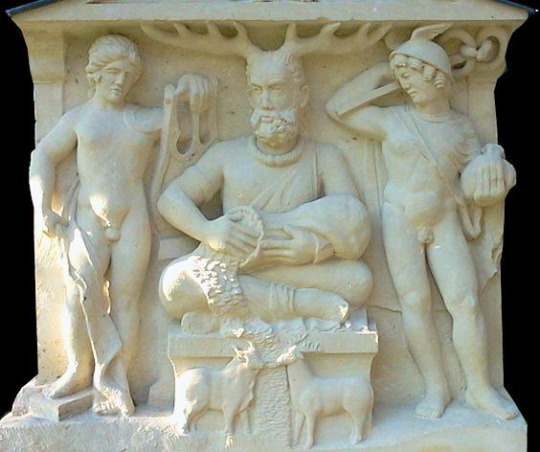
III/ Comparisons and equivalences
As I said in my introduction post, a lot of what we know about the Gallic gods comes from the syncretism the Romans operated with their own deities. And with Cernunnos it is... complicated. Because we do not know exactly who was the Roman equivalent of Cernunnos (since the Romans did not speak of him), and based on researches we have two likely candidates. It is very possible Cernunnos might have been split into those two Roman deities, or at least that his attributes led him to be interpreted as two deities mixed in one.
On one side, there is a very strong and popular theory that Cerunnos was the god Cesar, in his description of the religion of Gaul, called the "Dis Pater". "Dis Pater" was the Latin god that was equated and synthesized with the Greek Hades under the share nickname "Pluto", "the rich one". This was because Dis Pater was not originally a god of the dead in the old Italian religion - he was an underground god, indeed, but a chthonic god of riches and wealth, an earth-god of fertility (his very name meant "Rich Father"). This is what tied him to Hades, the richest of the Greek gods - and made him the new god of the underworld and the dead, Pluto. So, equating Dis Pater with Cernunnos makes sense as we do know that both deities were strongly associated with an earthly form of fertility: Cernunnos, just like Dis Pater, brought grain and earth-grown fruit, as well as precious metal (in the form of coins). Not only that, but Cernunnos was strongly associated with the ram-headed snake, and while we don't know much about this mythical being (typically a companion of male gods in Gallic art), it seems to have been a chthonian symbol, and perhaps even a form of guardian of the world of the dead (or a guardian of underground riches cousin of the dragons of legends). This is what led many to interpret Cernunnos as a chthonian deity, perhaps even an afterlife deity - a tradition that seems to have been in early Christian art, where Cernunnos was often associated with the "mouth of Hell" or the "entrance to Hades" (like the 9th century manuscript Stuttsgart Psalter, which illustrates Cernunnos in a depiction of the Christ descending into Limbo.
If Cernunnos is indeed Cesar's Dis Pater, then it would be extremely interesting, because Cesar wrote in his records that the peopleof Gaul believed Dis Pater to be their divine ancestor, and the "father of their race". Aka, the Gallic Dis Pater is meant to be an All-Father, the first ancestor of the Gallic tribes, and the origin of the human race (or at least of the people of Gaul). If Cernunnos is this Dis Pater, it would confirm his role as a "Father-God" and his links to a potential "Mother-Goddess". (It could also explain why he so persistantly wears a torc, as an emblem of the civilization and traditions of Gaul) If Cernunnos is also the Dis Pater, it would give him a role as a nocturnal god, since Cesar resumed in his texts (or rather "recaped" since he was doing a report based on Posidonius own records) that it was because the people of Gaul descended from Dis Pater that the druids measured the time not in "days" but in "nights"...
The other very likely candidate for the Romanized Cernunnos is the one we call the "Gallic Mercury". We know that Mercury was one of the most popular and widespread gods of Gallo-Roman gaul. Cesar did mention him as one of the most important gods venerated by the Gallic tribes before the omans arrive (though this would contadict the is Pater theory, since Cesar identifies Dis Pater and Mercury as two different deities in the Gallic beliefs). Still, Mercury was a god of commerce and riches before all - even more so than his Greek counterpart Hermes - so it makes sense that he would be present in the Gaul province of the Empire, which was big heart of commerce. And where Mercury has a pouch of coins, Cernunnos has a full bag of them... And in several Gallo-Romans depictions one of the two gods that surround Cernunnos is very obviously Mercury... [Several of the images in this post are of the altar of Reims, which depicts Cernunnos surrounded by Apollo on one side and Mercury on the other] And Cernunnos' presence on the Pillar of Boatmen implies he was tied to the fluvial sailors, and to the fluvial commerce and travels... And in Luxembourg we have Gallic depictions of stags vomitting coins, again insisting on how the stag was associated with riches... Even if you take Cernunnos as a chtonian god or death god, it ties to Mercury's role as a psychopomp inherited from Hermes ; and Mercury's presence by Cernunnos side on the altar of Reims for example makes sense if you consider one of the deities Cernunnos was conflated with was Pan (hence the goat horns) - aka, the son of Hermes... Everything is tied together into one big convoluted web of inter-mythologies.

And when it comes to comparisons to other Celtic mythologies, things are a bit... In French we say "vaseux" - basically there were parallels drawn between Cernunnos and Celtic figures of the Isles, but they rely on very meager if not unstable links. For example some have tried to identify the Cernunnos of Gaul with the Irish figure of Nemed (interpreted as a "stag-god" leading "stag-people" or "deer-people"), and in return the battle between Nemed and Balor for the land of Ireland was projected onto the scene depicted on the Arch that I described prior - a battle between the horned god and the god with the mace for the "earth-mother", the cornucopia woman, the land-goddess. The acceptance of this scene between the horned god and the mace god as a battle for the mother-goddess (which, I insist, was not PROVEN in any way and is completely hypothetic and theorized with no definitive proof - maybe the mace god is here to sacrifice the horned god for the cornucopia-woman, or maybe he is just here to cut off his antlers, or maybe the cornucopia woma cheats on Cernunnos wit the mace god, we cannot know), also led to vague comparisons being drawn to the story of Pwyll and Arawn and how they exchange each other's identities, but we are really in a stretch here.
More interestingly there is a Welsh comparison that could indicate a leftover of a Christianized Cernunnos in an Arthurian setting: the Owein tale (Mabinogi): Kynon, a knight of King Arthur's court, describes how in his youth he had to encounter an ugly knight clad in a black armor who had the information he needed to find his enemy. The knight lived by a "fountain" (a water stream) surrounded by wild and ferocious animals - and to give Kynon the information he needed, the ugly black knight struck a stag nearby, and the animal lowers its head in the direction Kynon must follow. It is very plausible that this supernatural knight who hits an informative stag and who lives surrounded by wild animals is a form of Christian censorship or caricature of a Cernunnos figure, going from a wise and benevolent stag-god to an ugly evil knight who abuses animals, and who has his duality human/beast split between the knight and the stag.
There were also tenuous elements that made people consider the Irish Conall Cernach (known for being one of the sidekicks of Cuchulainn) as a diluted version of Cernunnos as a "Master of Beasts" - more precisely an episode in "The Cattle Raid on Fraech" where instead of killing a monstrous snake, Conall somehow tames it and wears it as a belt, has been compared to Cernunnos' handling of snakes and ram-headed snakes. And don't even get me started on the many, MANY saints of Catholicism that are supposed to be leftovers or reinventions of Cernunnos (saint Ciaran of Saighir, because he tamed wild beasts including a stag ; or the saints of Bretagne Edern and Théleau both supposed to ride a stag instead of a horse...).
The complicated thing (well ONE of the complicated things) with Cernunnos is that he is tied to the stag, and the stag was one of the most prominent smbols and images of the medieval and proto-medieval imagery in Western Europe. You had lot of old mythology stuff that survived in modern days, but you also had lots of medieval symbolism and images (like how the flying stag was one of the symbols of the king of France), and a HUGE re-use of the stag by Christianity in various forms (from the antlers falling being used as a symbol of the Resurrection, to the hunt for the white otherwordly stag of Celtic myths suddenly becoming a hunt for Christ incarnate when a glowing cross appears above the stag's head...). As such it is hard to pin-point what the Gauls truly believed the stag meant, versus the stag symbolism that arose in the Middle-Ages.
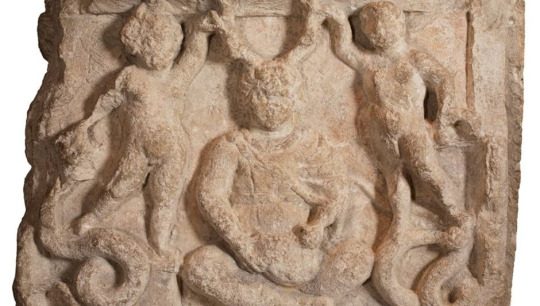
To conclude this post, while I said I had my doubts with systematic identifications of Cernunnos as a companion of a Mother-Goddess, I want to briefly return about a fascinating trivia of Gallic researches: the existence of a female version of Cernunnos, a "Cernunna" we could jokingly say.
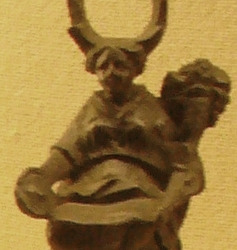
Little figurines and statues were found of a horned goddess - sometimes with antlers! - in both the area of Clermont-Ferrand (which was the domain of the Avernes folk) and around Besançon (the Séquane folk). Who were these goddesses? Local variations of Cernunnos? Sisters, daughters or wives of the god? Or completely unrelated deities? Were they one or several (some are more matronly, motherly figures such as the one with antlers above, others have Venus-like poses unveiling their breast and legs such as the bull-horned below)?
We will probably never know - but while they can be incarnations of this famed "Mother-Goddess" companion of Cernunnos everybody speaks about (and links to the importation of the cults of Demeter and Cybele in Gaul), it is VERY likely these statues date from the Gallo-Roman era and from a Romanized version of the Gallic religion. Indeed, they are all tied by their attributes - they hold a cornucopia, and a "patère" (sacred vase for religious libations). Attributes present in very Romanized Gallic goddesses (such as Rosmerta), but also in typical Roman deities (mainly the lares). Add to that how the adjunction of a male attribute (the stag antlers or bull horns) to a female figure is VERY unusual for Gallic depictions (where the genders are neatly split), while the divine androgyny was a feature of Greco-Roman mythology (the effeminate Apollo and Dionysos, the masculine goddesses Athena and Artemis, the mythical Hermaphrodite...), and it is very likely these statues of the "Cernunna" are the result of the Roman religion "breeding" with the Gallic beliefs...
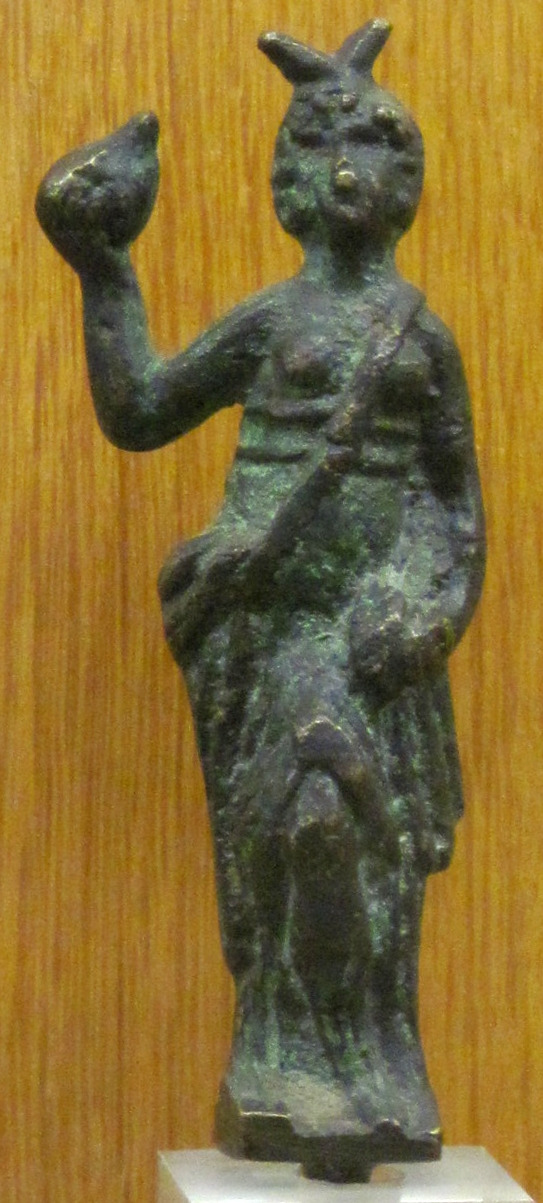
#gods of gaul#gallic mythology#cernunnos#ancient gaul#religion of gaul#gallic religion#gallic gods#gallic goddesses
125 notes
·
View notes
Text

352 notes
·
View notes
Text


Horned God Invocation: ⛦
By the flame that burneth bright
O Horned One!
We call thy name into the night
O Horned One!
Thee we invoke by the moon led sea
By the standing stone and the twisted tree
Thee we invoke where gather thine own
By the nameless shrine forgotten and lone
Come where the round of the dance is trod
Horn and hoof of the goat-foot God
By moonlit meadow on dusky hill
When the haunted wood is hushed and still
Come to the charm of the chanted prayer
As the moon bewitches the midnight air
Evoke thy powers, that potent bide
In shining stream and secret tide
In fiery flame by starlight pale
In shadowy host that ride the gale
And by the fern-brakes fairy-haunted
Of forests wild and wood enchanted
Come! O Come!
To the heartbeats drum!
Come to us who gather below
When the broad white moon is climbing slow
Through the stars to the heavens height
We hear thy hoofs on the wind of night
As black tree branches shake and sigh
By joy and terror we know thee nigh
We speak the spell thy power unlocks
At Solstice, Sabbat, and Equinox
Word of virtue the veil to rend
From primal dawn to the wide world's end
Since time began---
The blessing of Pan!
Blessed be all in hearth and hold
Blessed in all worth more than gold
Blessed be in strength and love
Blessed be wher'er we rove
Vision fade not from our eyes
Of the pagan paradise
Past the gates of death and birth
Our inheritance of the earth
From our soul the song of spring
Fade not in our wandering
Our life with all life is one,
By blackest night or noonday sun
Eldest of gods, on thee we call
Blessing be on thy creatures all.
🕯️🐐🕯️
🌿🌿🌿🌿🌿🌿🌿🌿🌿🌿🌿🌿🌿🌿🌿🌿🌿🌿
#the horned god#invocation#herne#cernunnos#karnayna#the great god pan#the bucca#the man in black#old nick#folk devil#old hornie#paganism#faery tradition#traditional witchcraft#gardnerian wicca#cunning craft#the old religion#the old ways#witchcraft#cornish witchcraft#altar of cunning
93 notes
·
View notes
Text

Dan Hillier - Fount
788 notes
·
View notes
Text
EARTH GODDESS / HORNED GOD
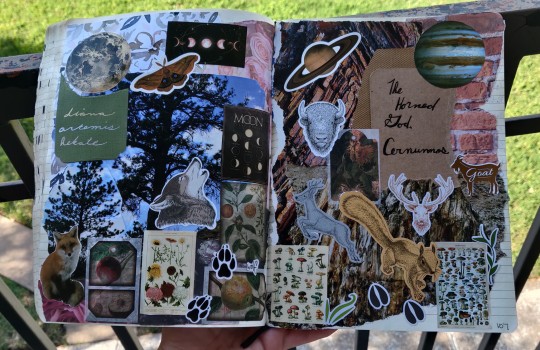

altars to-go
#this is a page from my own personal#grimoire#digital grimoire#witchcraft#witchblr#witch#baby witch#hekate#artemis#diana#goddess#goddess diana#the horned god#cernunnos#diety#altar#book of shadows#witchling#collage art#collage#craftblr#moon#moon phases#jupiter#saturn#upg#roaenpost
74 notes
·
View notes
Text
Cernunnos and I are going to take a walk to the back of the farm for my stupid mental health today so I'm crossing my little raccoon arms and going along with it. I'm putting it off until it warms up a bit, though.
A warning to those who think about doing the same: I have 80 acres of land (many square meters) and all of it is either uphill, through some stream or another, or right through gopher and snake holes. It is not an easy, casual walk. When I say farm, I mean "barely contained fields and woodlands full of coyotes and bobcats and snakes and the occasional bear". There are no cows, pigs, horses, chickens, turkeys, or other farm animals on this land. This is not a place of honor. No great deed is commemorated here. There's just DIRT and HAY.
#jasper post#the jasper way#personal#religion#deity work#cernunnos#cernunnos god#cernunnos deity#gaulish#gaulish polytheism#gaulish paganism
44 notes
·
View notes
Text

#celtic mythology#celtic#celtic paganism#celtic witchcraft#celtic polytheism#gaulish pagan#gaulish paganism#gaulish#cernunnos god#cernunnos deity#the horned god
9 notes
·
View notes
Text

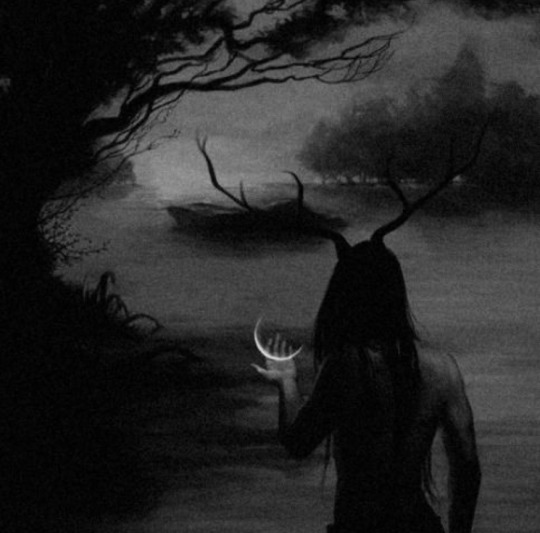
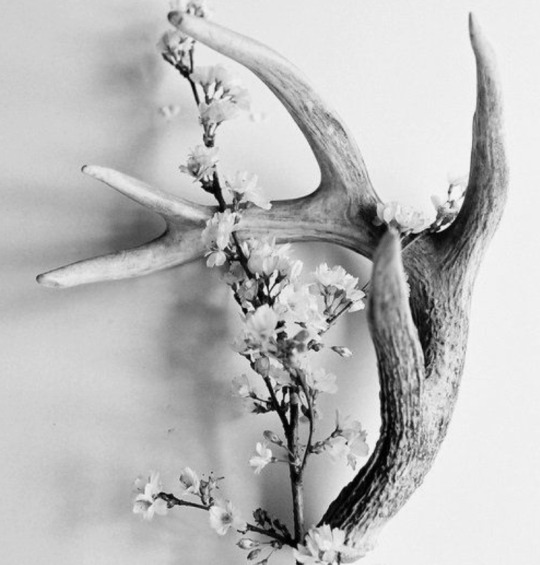



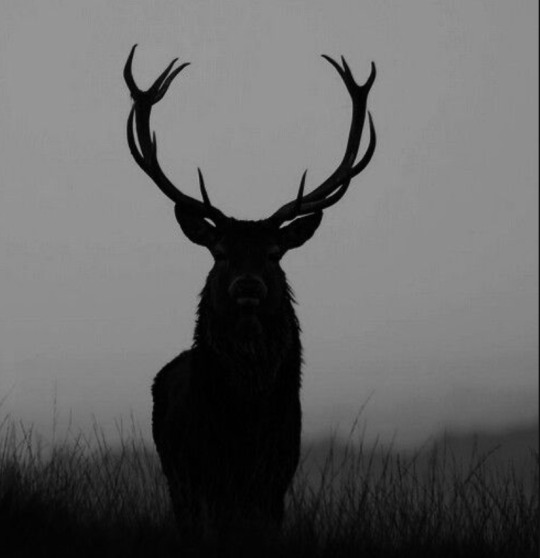

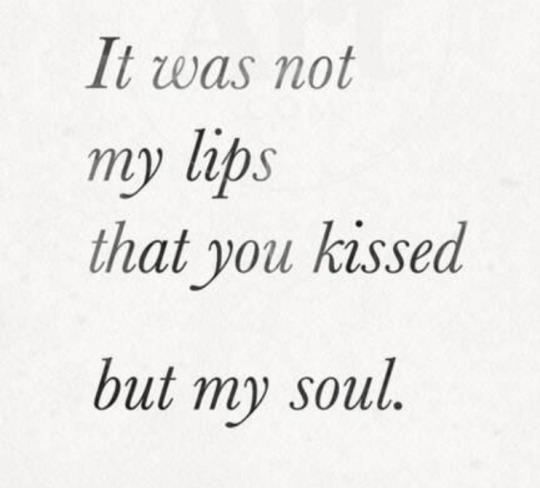
My beloved. My protector. My soul.
5 notes
·
View notes
Text


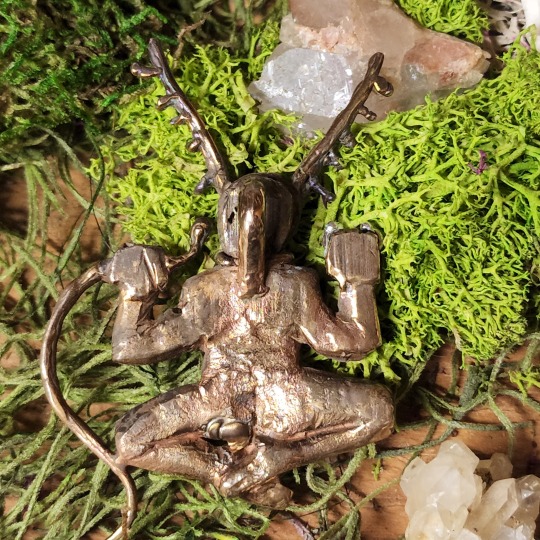


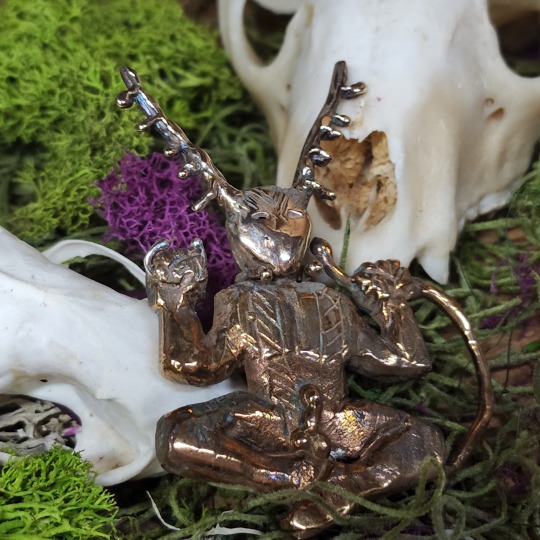
Large bronze pendant in the image of the Horned God, beloved of Wiccans, inspired by the Gundestrup Cauldron, with a bronze snake in his left hand and a silver torq in his right hand.
This piece is the first in planned series of increasingly intricate devotional images exploring the power and potency of this mysterious unnamed god.
https://www.etsy.com/listing/1321487758/horned-god-sculptural-pendant-no-1
#Occult Art#Pagan#Witch#Witchcraft#Wicca#Horned God#Cernunnos#Witch Jewelry#Magical Jewelry#Jewelry#Jewelry Art#Art Jewelry#Queer Artist#LGBT#Sorcerer’s Workbench
70 notes
·
View notes
Text
Cernunnos Devotional Beads (SOLD)


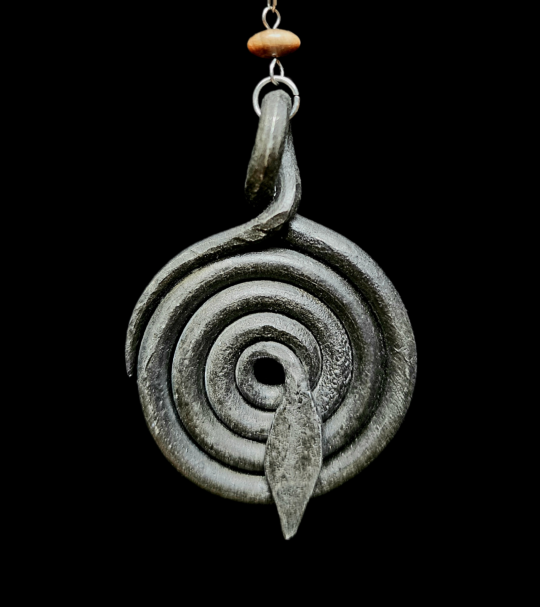

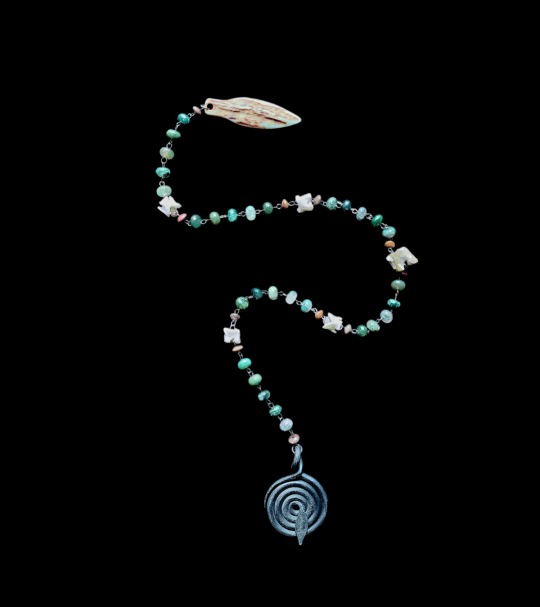
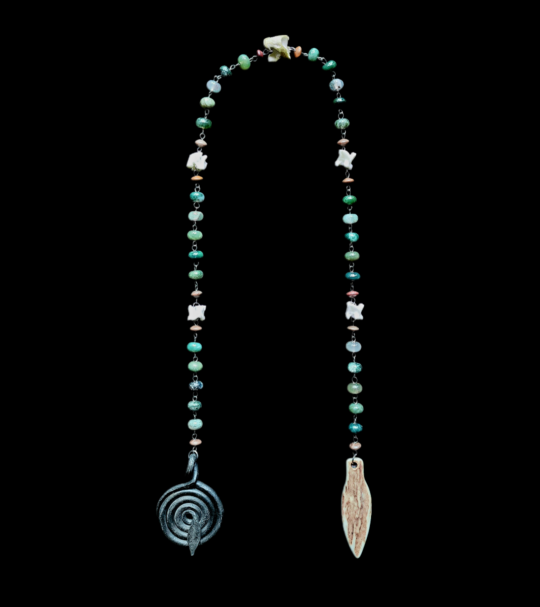
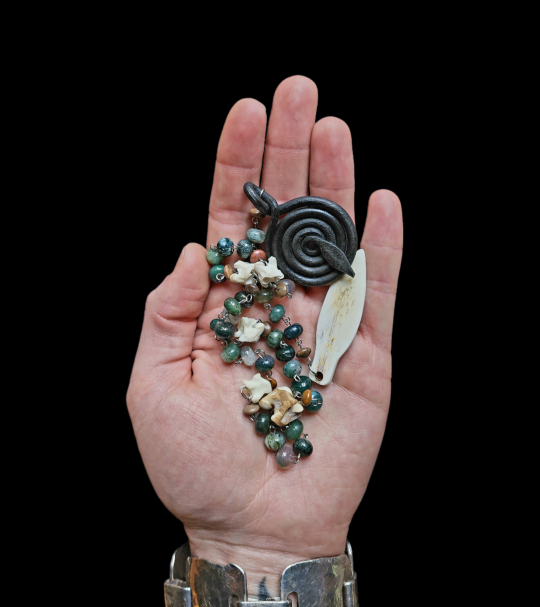
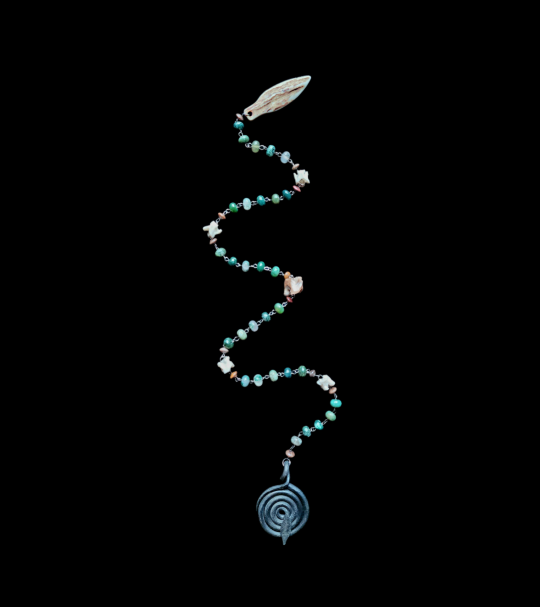
This set of unique devotional beads was ritually crafted and consecrated in the name of Cernunnos—Horned God of Celtic antiquity.
It was constructed from beads of Moss Agate (a stone strongly associated with the Wilderness), along with counter beads of scavenged Serpent Vertebrae (serpents being a greatly sacred animal to Cernunnos), which are bracketed with small beads of Jasperized Wood (beautifully embodying an amalgam of botanical and chthonic virtues.) On one end of the garland is secured an Arrowhead Pendant, hand-carved from Stag Antler (a potent token of his roles as Horned Lord and Master of the Wild Hunt). On the other end is secured a hand-forged Steel Pendant (chosen for the magical potency of/ancient reverence for Iron, as well as the piece's resemblance to both a coiled serpent and the coiled germ of a seedling preparing to sprout.) Once the Garland was constructed, the piece was hallowed in a sylvan ritual beneath the light of a Penumbral Lunar Eclipse.
This piece measures approximately 23.5 inches/60 centimeters long, and all connecting rings and pins are made from stainless steel. If interested in acquiring it or inquiring about it, please feel free to reach out here. It can also be purchased directly through my shop, Wending Wares.
#wending wares#devotional beads#witch beads#pagan beads#pagan rosary#witch tools#pagan tools#cernunnos#horned lord#celtic witchcraft#celtic folklore#the horned one#horned god
51 notes
·
View notes